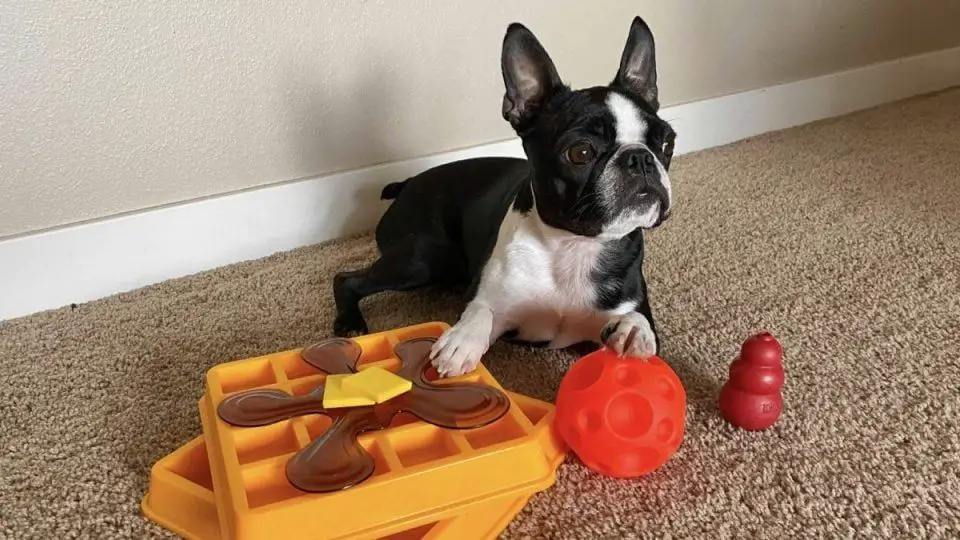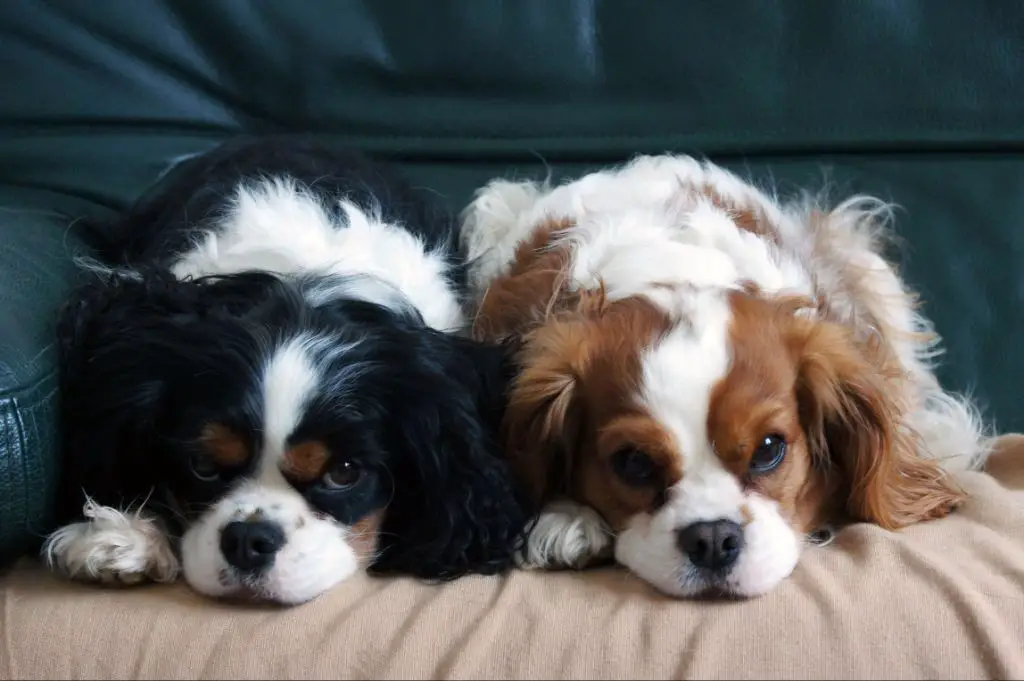An Introduction to Low-Exercise Dog Breeds
While most dogs require at least an hour of exercise per day, some breeds actually need far less. In fact, certain dogs can thrive with only about 30 minutes of physical activity per day. These low-exercise dogs make ideal pets for seniors, apartment dwellers, or anyone with a less active lifestyle. In this article, we’ll explore some of the best dog breeds that need minimal exercise to stay happy and healthy.
The key thesis is that several breeds of dogs, including Greyhounds, Cavalier King Charles Spaniels, and Basset Hounds among others, require less exercise than typical canines. With just 30-60 minutes of daily walks and playtime, these dogs can fulfill their exercise needs. We’ll delve into their ideal living conditions, temperaments, and care requirements. While they need less physical activity, they still require adequate mental stimulation. Overall, these low-energy dogs can make loving and relaxing companions.
Different Breeds
There are many dog breeds that require only about 1 hour or less of exercise per day. Some examples of low exercise dog breeds include:

Cavalier King Charles Spaniel – This gentle, friendly toy breed only needs a moderate walk each day. They are happy to lounge around the house and cuddle with their owners (Source).
Pekingese – The Pekingese is a small companion dog originally bred to be a lapdog. They only require short walks or playtime. Too much exercise can be harmful for them (Source).
Pug – Pugs have very low exercise requirements. They only need one short walk per day. Overexercising them can cause labored breathing issues (Source).
French Bulldog – French Bulldogs are couch potatoes that enjoy lounging around. They only require one or two short walks per day. Too much exercise can cause breathing issues for them (Source).
Ideal Home/Family
Dogs that only need about 1 hour of exercise per day do very well in smaller living spaces like apartments or condos, making them great choices for city dwellers. Their lower activity levels mean they adapt well to life in an apartment where there is less room to run around. Breeds like French Bulldogs, Cavalier King Charles Spaniels, and Greyhounds are calm, quiet dogs that make excellent apartment pets according to Good Housekeeping.

These low maintenance dogs are also great for families who live a busy lifestyle and cannot provide hours of activity each day. Breeds like Basset Hounds, Pugs, and Shih Tzus require less exercise and are content with short daily walks or playtime according to The Spruce Pets. Their relaxed temperaments make them ideal for families on the go.
First-time owners benefit from choosing low exercise dogs as they require less intensive care and training. Breeds like Chihuahuas and Dachshunds are compact, trainable, and do not demand constant attention or exercise according to HGTV. Low maintenance dogs are wonderful for novice owners still learning the ropes of pet parenthood.
Exercise Needs
When it comes to low energy dogs, their exercise needs are relatively minimal compared to higher energy breeds. Typically, 30-60 minutes of exercise per day is sufficient for most low energy dogs (Rover). This can be met through short, leisurely walks around the neighborhood. Long hikes or high intensity activities are not necessary.
Some examples of low energy dog breeds and their exercise requirements:
- French Bulldog – 30 minutes per day
- Pug – 30-40 minutes per day
- Shih Tzu – 30-45 minutes per day
- Cavalier King Charles Spaniel – 30-45 minutes per day
- Greyhound – 30-45 minutes per day
It’s important not to overexercise these dogs, as their low energy levels make them prone to exhaustion and joint problems. Keep walks short and bring water on warm days. Mental stimulation through training and games can supplement physical activity.
With proper portion control and limited treats, these low maintenance dogs can get all the exercise they need even in small homes or apartments. Their minimal exercise requirements make them ideal for many owners.
Mental Stimulation
Mental stimulation is very important for dogs, even those with lower exercise needs. Without mental stimulation, dogs can become bored, frustrated, and even develop problem behaviors like excessive barking or destructive chewing. Providing mental enrichment helps keep dogs happy, engaged, and well-behaved.

There are many creative ways to mentally stimulate dogs that require minimal physical activity:
- Food puzzle toys – These require dogs to manipulate and move the toy in different ways to get food rewards. Great for independent play. (Puppy Leaks)
- Nose work – Let your dog sniff and search for hidden treats around the house or yard. The mental challenge tires them out. (AKC)
- New sights and smells – Change up walking routes periodically. Bring them to new parks. The novel stimulation engages their mind. (PetMD)
- Training sessions – Even short, 5 minute training sessions mentally tire out dogs. Learn new cues or practice obedience skills. (AKC)
Mentally stimulating dogs leads to a happier, calmer pet. And it can be done with minimal physical activity required!
Grooming Needs
When it comes to grooming, low-energy dogs often require less maintenance and upkeep. Breeds like the Whippet, Weimaraner, and Basenji have short, close-lying coats that only require weekly brushing. Their coats tend to shed minimally, making them a good choice for those with allergies.

Other low maintenance breeds include the Chinese Crested, Boston Terrier, and Italian Greyhound. Their short, sleek coats require little more than an occasional bath and brushing. For many low-energy companion breeds, regular nail trims and ear cleanings are the only grooming essentials.
When properly cared for, low maintenance dogs can retain their neat, tidy appearance with minimal grooming. Their pared-down coats are less likely to mat or tangle as well. For busy owners or first-time pet parents, choosing a breed with simple grooming needs can make pet care much easier.
Health
Great Danes are prone to certain health issues, especially due to their large size. Some common health problems include:
- Hip and elbow dysplasia – This is an inherited condition that can lead to arthritis and lameness. It occurs when the ball and socket joint doesn’t fit together properly.
- Bloat – This is a life-threatening condition where the stomach twists and fills with gas. It requires immediate veterinary attention.
- Cancer – Danes are at an increased risk for bone cancer and mast cell tumors compared to other breeds.
- Dilated cardiomyopathy – This heart disease causes an enlarged, weak heart. It can lead to congestive heart failure.
The average lifespan of a Great Dane is 6 to 8 years, though some may live a couple of years longer. The large size that makes them great family dogs also contributes to their shortened lifespan compared to smaller breeds. Providing excellent nutrition, veterinary care, exercise, and limiting injuries can help extend their years.
For more on Great Dane health issues, see this article from WheatenDogs: https://wheatendogs.com/is-great-dane-a-good-family-dog/6987/
Training
Many low energy breeds, like the Chow Chow, Basenji and Shiba Inu, can be more challenging to train due to their independence and stubbornness. Positive reinforcement training using treats and praise works best to motivate them. Make training sessions short, fun and engaging to hold their interest. Avoid repetitive drills. Instead, incorporate games like “find it” to make obedience training more rewarding. Practice training in different environments to generalize commands. Be patient when housebreaking low energy dogs, as they may not signal when they need to go out as frequently. With consistency and creativity, even low drive dogs can become well-trained companions.
Sources:
Dogs with low energy on Pinterest
Nutrition
The ideal diet for low energy dogs should provide balanced nutrition without too many excess calories. According to the VCA Hospitals, selecting a low-calorie dog food is important for less active dogs to avoid weight gain and obesity. They recommend choosing a high-quality commercial diet and following the feeding instructions based on your dog’s ideal weight and activity level. Feeding the appropriate amount will ensure your dog gets the vitamins, minerals, and nutrients they need without overfeeding.
Some good nutrition tips from BetterPet include feeding your dog a diet with an appropriate amount of protein and fat to regulate their health and provide some energy. They note meat protein sources like chicken, fish, turkey, and eggs are beneficial. They also recommend foods with omega fatty acids from fish, flaxseed, and other plant sources to support skin/coat health.
According to Dog Health Guide, B vitamins like B12 are very important for energy and are found in meat sources. Overall, feeding a nutritionally balanced commercial or homemade diet appropriate for your dog’s needs and activity level will provide the energy and health benefits they require.
Conclusion
In summary, there are several dog breeds that only require about an hour of exercise per day to stay happy and healthy. Breeds like the Chow Chow, Basset Hound, Greyhound, and Pekingese are naturally lower energy and do well with limited activity. Though they don’t need much exercise, it’s still important to meet their mental stimulation and grooming needs. With minimal grooming requirements and the right toys and training games, these dogs can thrive in small homes or apartments. Their relaxed and laidback temperaments also make them ideal for first-time or less active owners. While every dog has individual needs, the breeds mentioned are generally predisposed to lower exercise requirements. With approximately an hour a day of walking and playtime, they can live full, enriched lives.
In the end, there are many wonderful dogs out there for those seeking a more easygoing companion. Considering the breed’s typical energy level and other traits will help match you with the right dog for your lifestyle. For many, a mellow pup needing just a daily hour of exercise can be the perfect fit.
